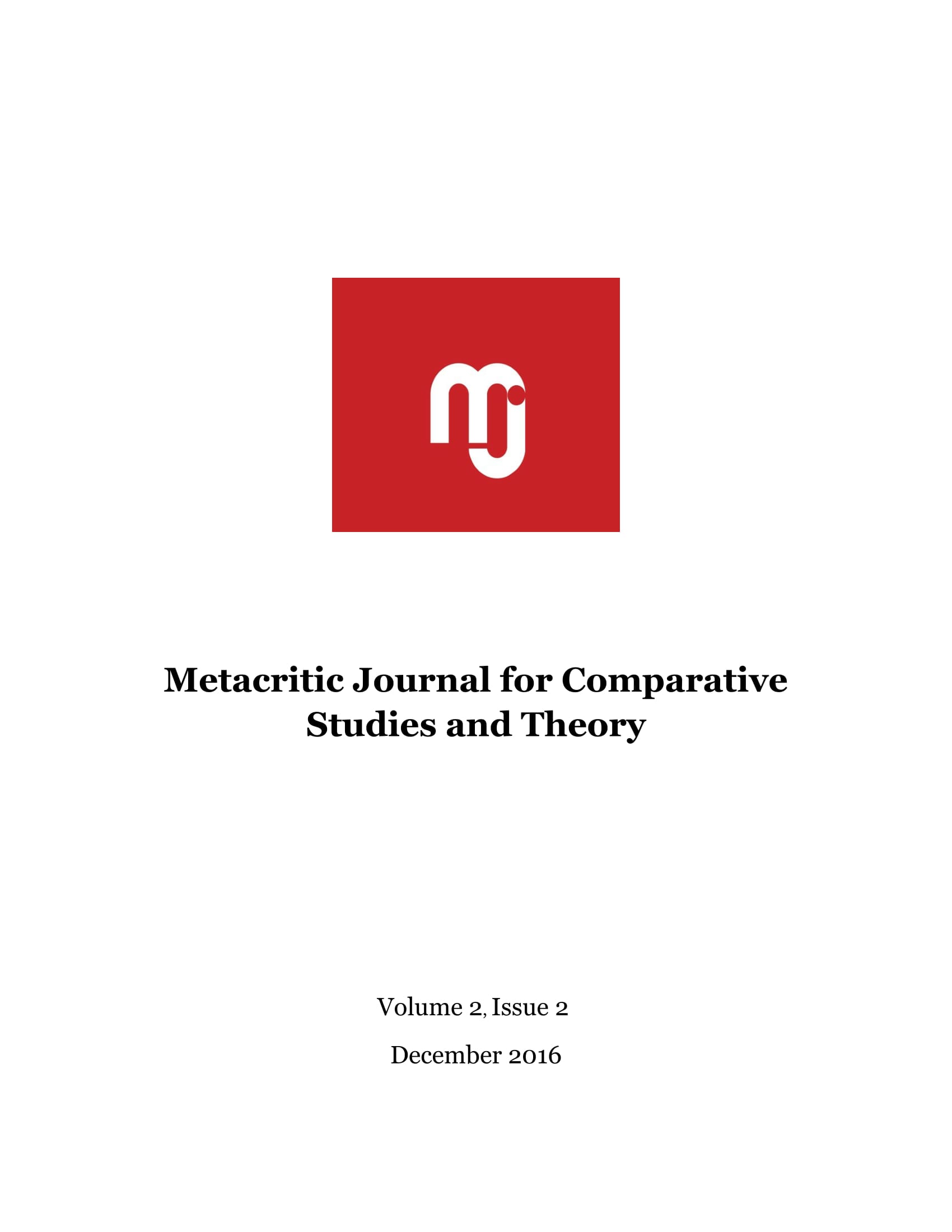The Connection between the Child Narrator and the Magical Realism in György Dragomán’s Novel THE BONFIRE
The Connection between the Child Narrator and the Magical Realism in György Dragomán’s Novel THE BONFIRE
Author(s): Éva Noémi LőrentzSubject(s): Language and Literature Studies, Hungarian Literature
Published by: Universitatea Babeş-Bolyai
Keywords: child narrator; magic realism; trauma; forgiveness; post-communism
Summary/Abstract: The main issue of the novel The Bonfire (Original title: Máglya) by the Hungarian writer György Dragomán is the confrontation of the child narrator (a 13-year old girl) with the traumas of the twentieth century which marked her parents’ and grandparents’ life and are still influencing her life in the post-communist era. The first premise of the central argument is that the child’s special point of view determines the perception of history and forgiveness. The second premise is that this point of view can be analysed in the context of the magical realism conception developed by Tamás Bényei. According to this, magic realism is a mode of writing, so the appearance of magic is a rhetorical, not an ontological question. The magic provides a language, through which the elements of reality get meanings and can be integrated into a system. One of the main conclusions is that the magical realism manifested through a child’s perspective can be an efficient mode of representing not only the collective and individual traumas, but also the process of forgiving and healing them.
Journal: Metacritic Journal for Comparative Studies and Theory
- Issue Year: 2/2016
- Issue No: 2
- Page Range: 67-86
- Page Count: 20
- Language: English

